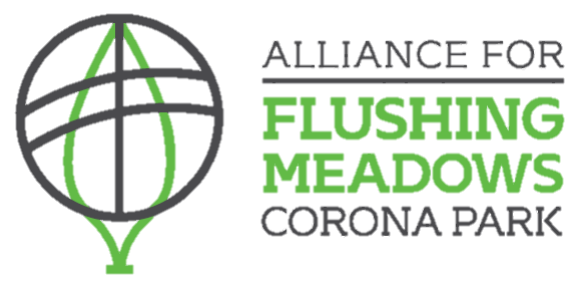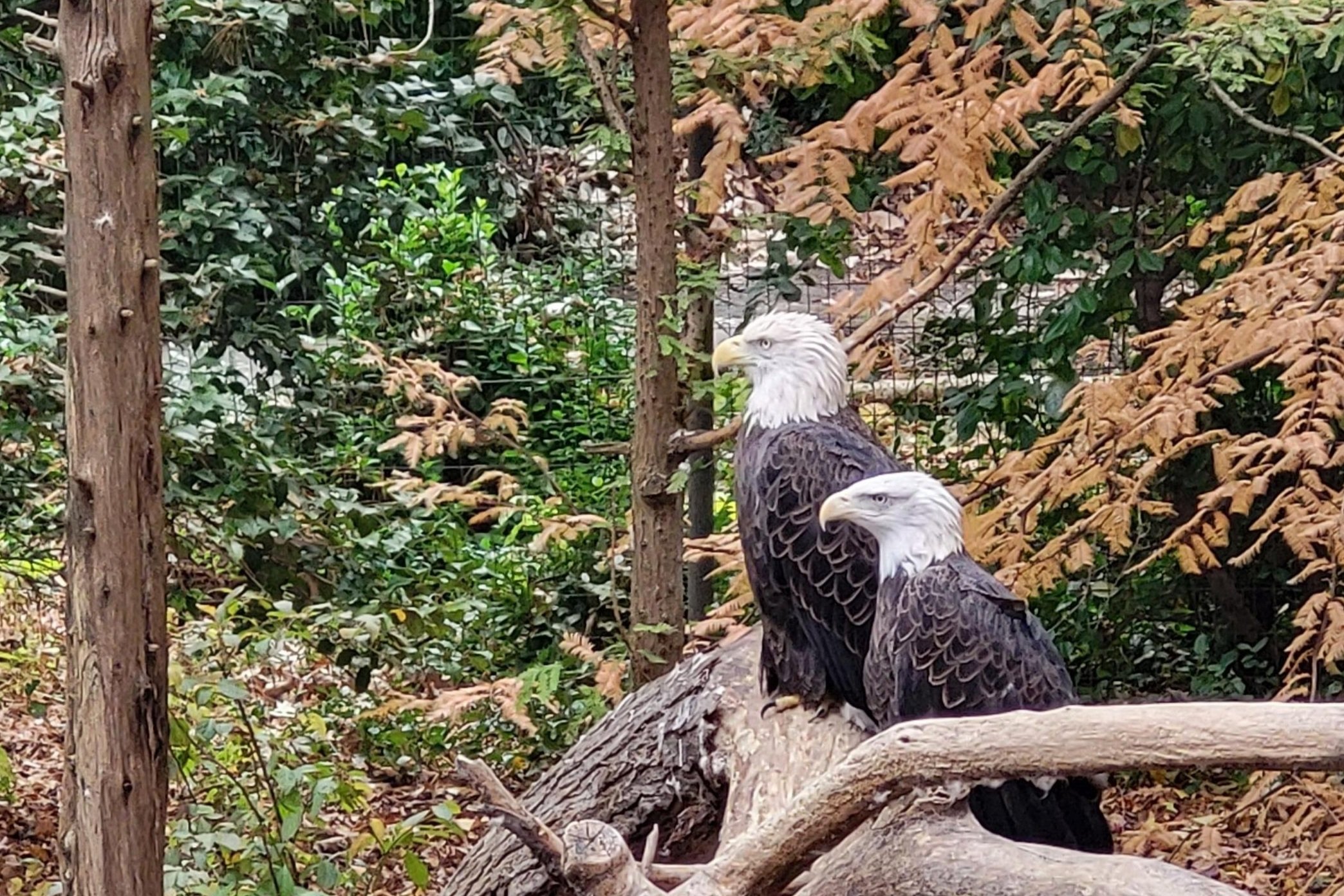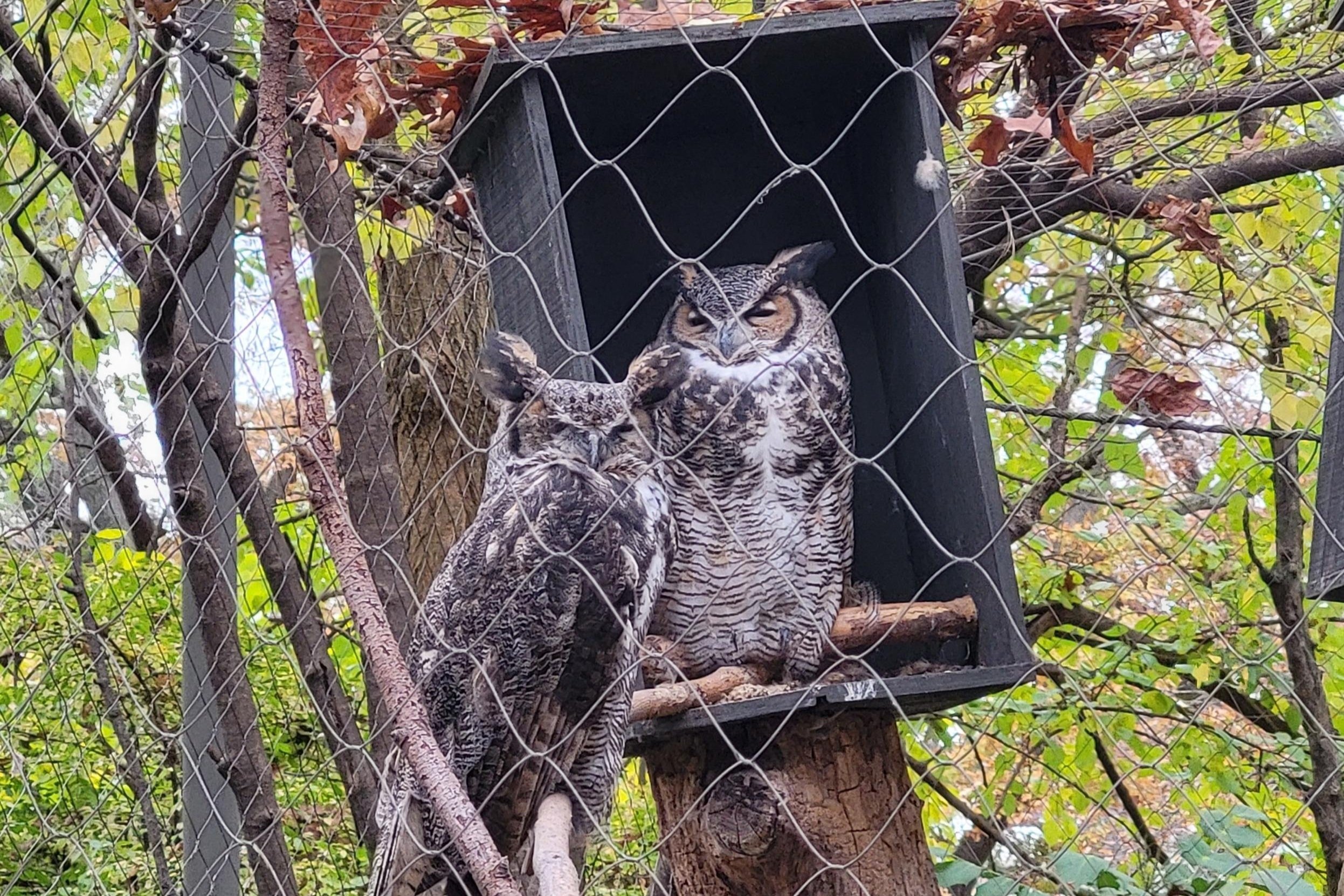Evening Under the Sphere 2024: Thank You from the AFMCP Team!
/A huge, sincere thank you to everyone who attended or donated to Evening Under the Sphere 2024!
Through our sponsors, ticketholders, and donors we were able to raise over $187,000 that will support the Alliance for Flushing Meadows Corona Park to continue our annual programming, volunteer opportunities, and maintenance operations in FMCP!
The event was a great success and provided an awesome venue, under our beloved Unisphere, for the Queens community to come together in celebration of our achievements.
In particular, we recognized the achievements of three outstanding contributors to our community:
Jennifer O’Sullivan, representing New York City FC
Jackson Koo, representing Con Edison
Christopher Caltieri, accepting the Claire Shulman Award for Public Service
These three honorees exemplify everything we love about Queens and the civic spirit we are so proud of here in Flushing Meadows Corona Park.
Because of our intrepid friends at the Queens Night Market, Evening Under the Sphere features some of the best food in New York City. Here are the vendors who made this cornucopia of delicious eats happen:
Super Chori
Bstro
Epis by Steve
Buffalo Jump
Thaitai Eatery
Tacos El Guero
Eemas
DiLena's Dolcini
Treat Yourself Jerk
Mao's Bao
Daaku Indian BBQ
Hong Kong Street Food
Trini Treats Queens
This event would not be possible without the support of the Queens Night Market.
And a deep, heartfelt thank you to the sponsors of this year’s event.
Our sponsors are the reason we are able to keep ticket prices affordable and EUS a community-focused event. Outside of EUS, these sponsorships help fund an entire year of essential programming and maintenance operations in the park. Here is the full list of sponsors who have supported FMCP this year:
Check out this slideshow featuring some of our favorite photos from this year’s event, captured by Steph Venegas of Natives.
See you in the park!
























